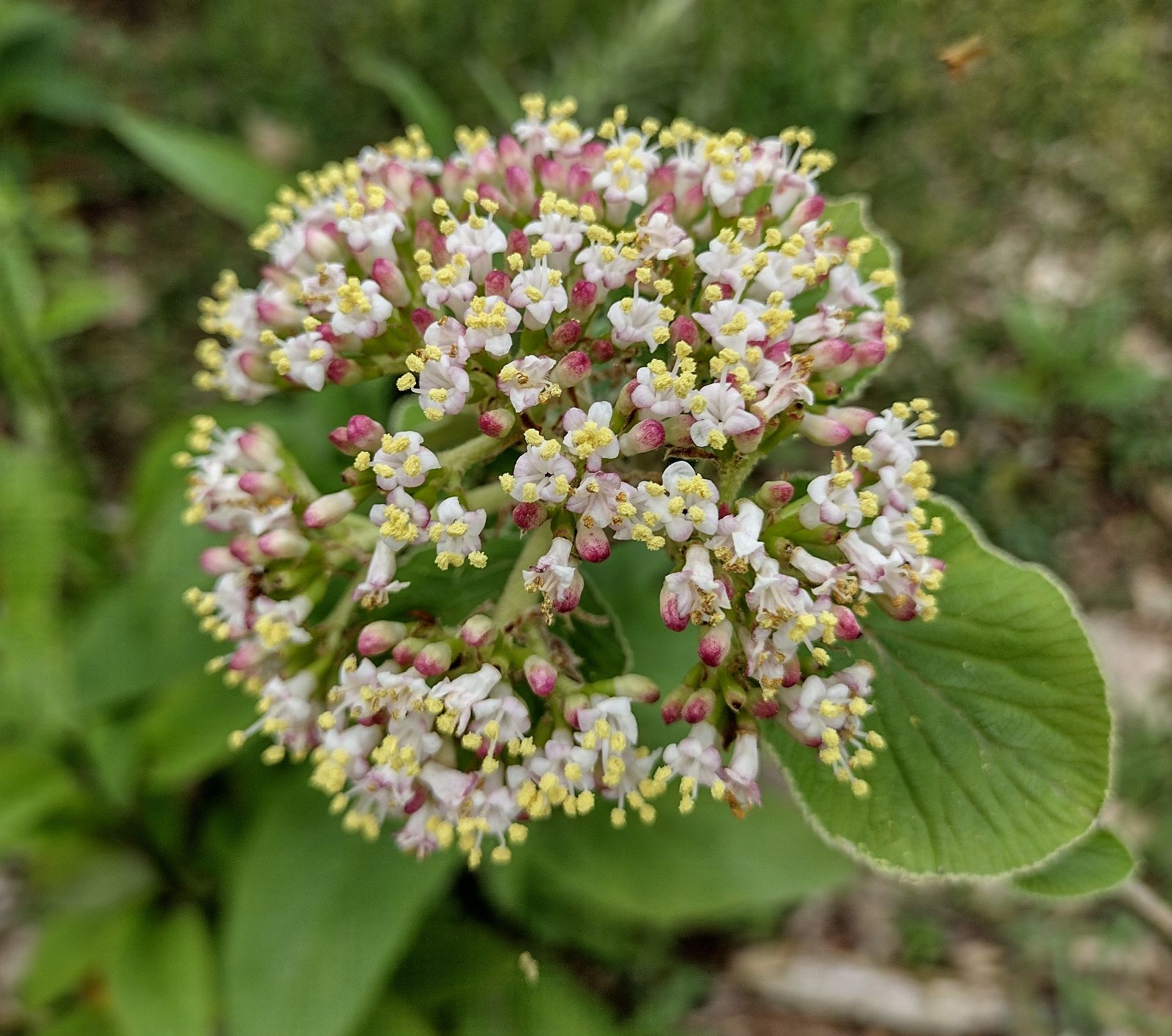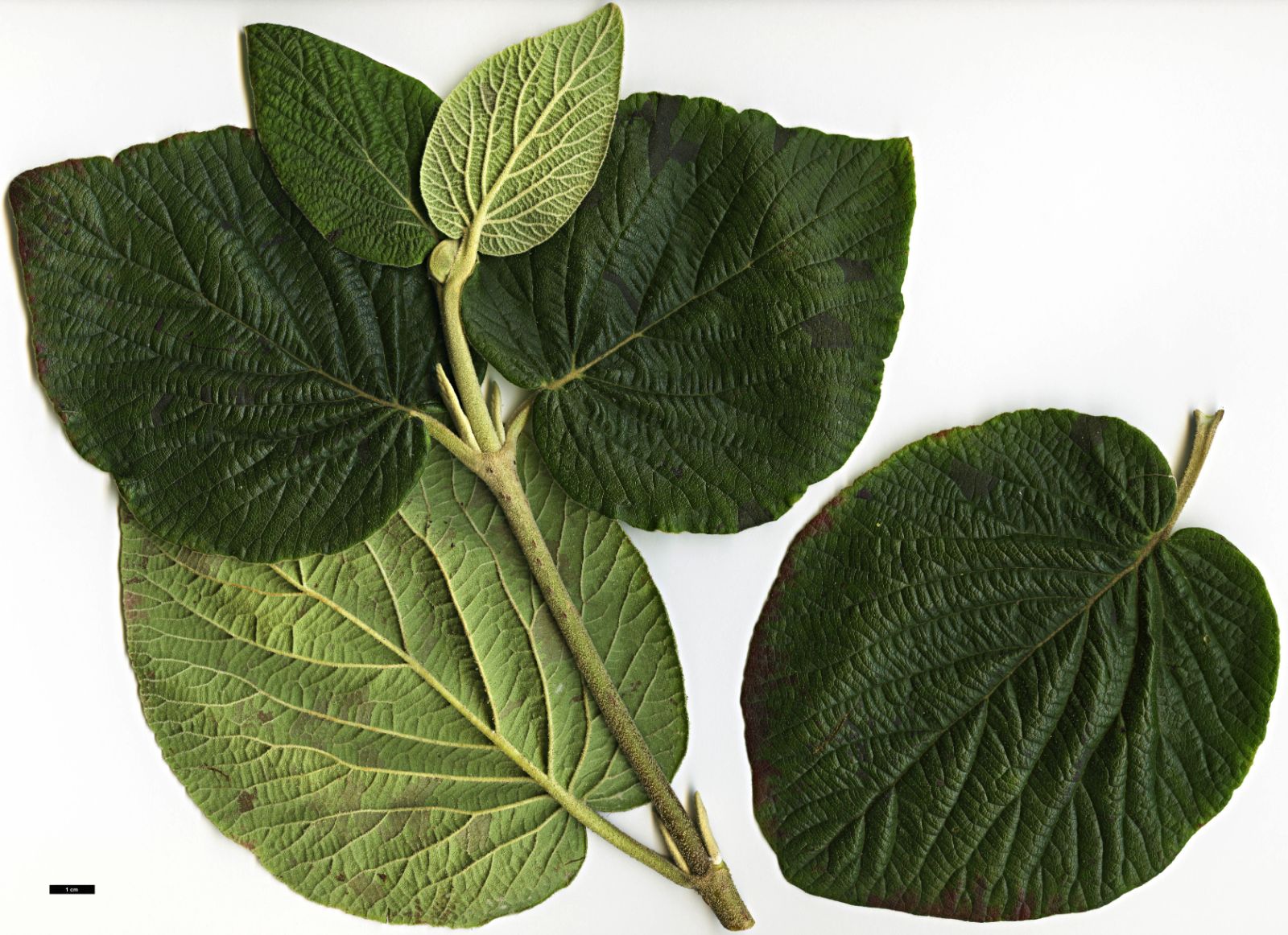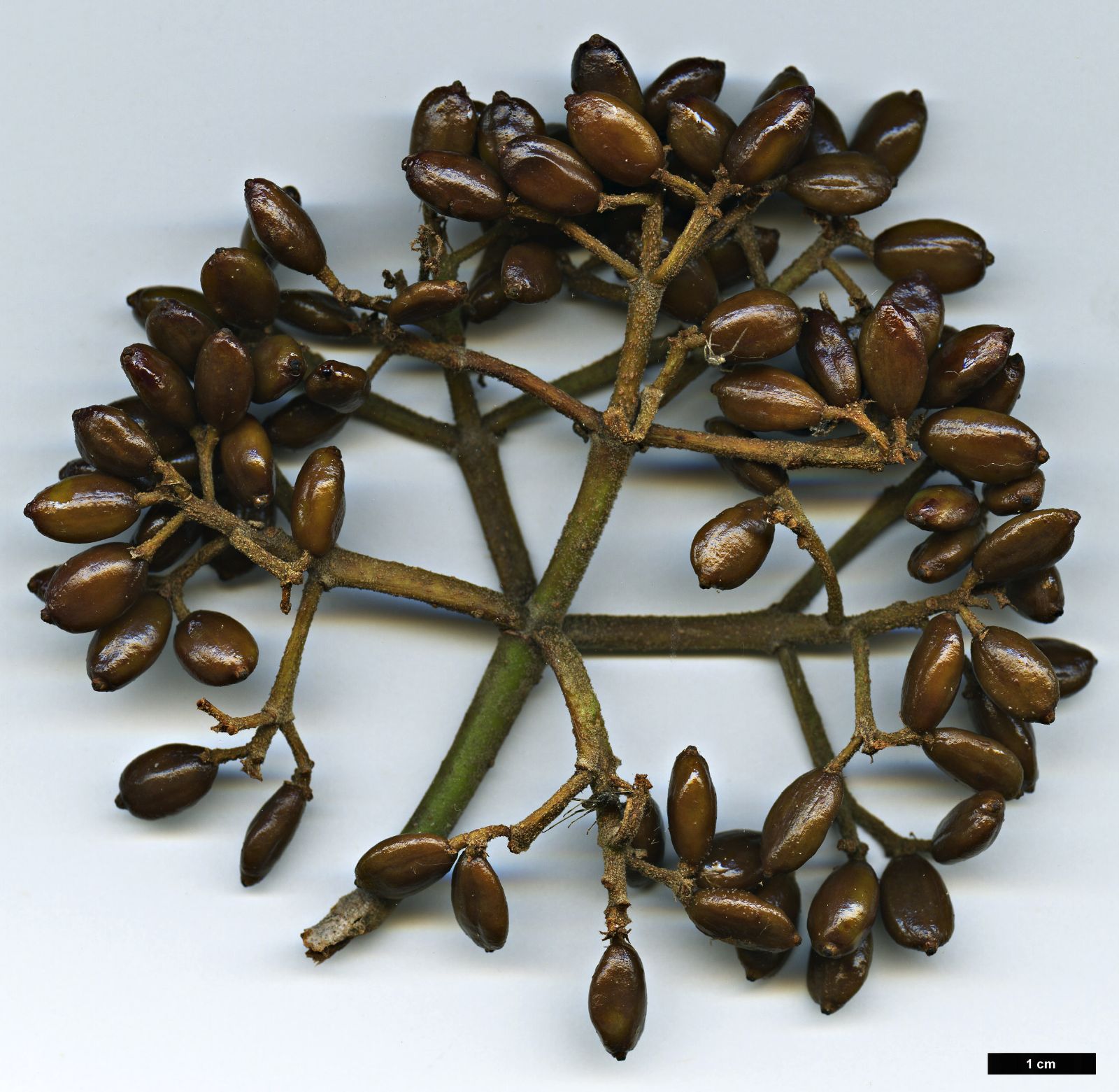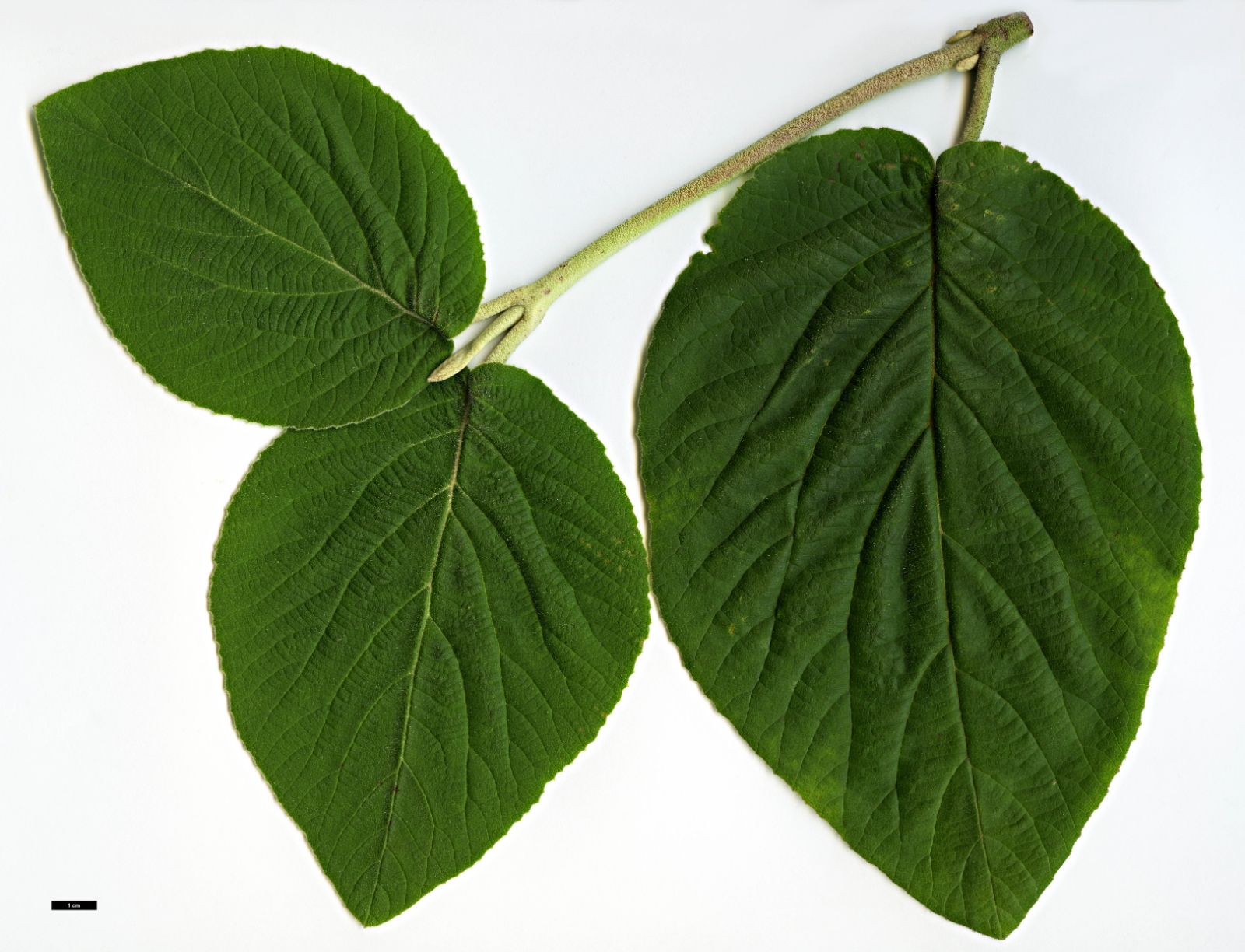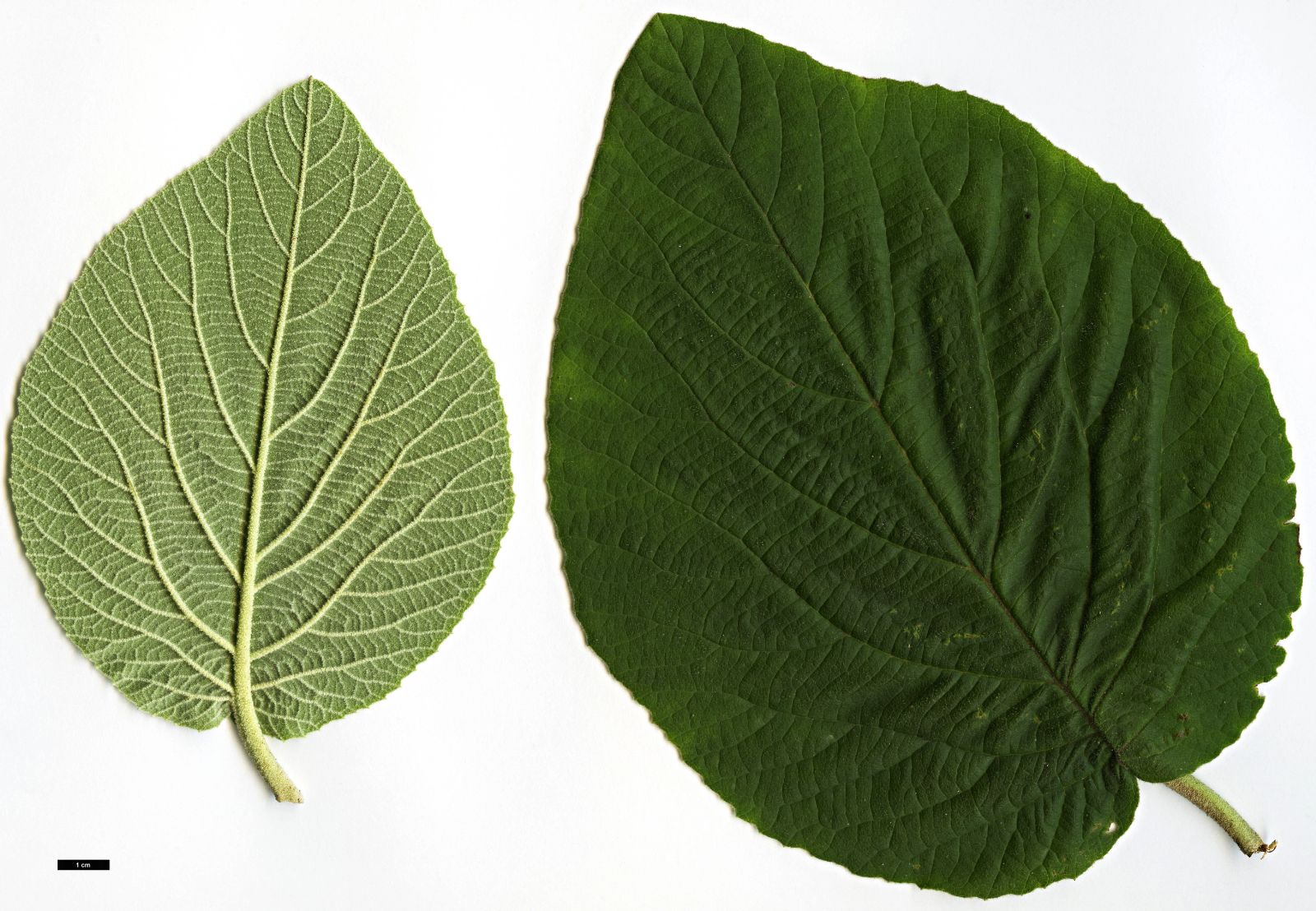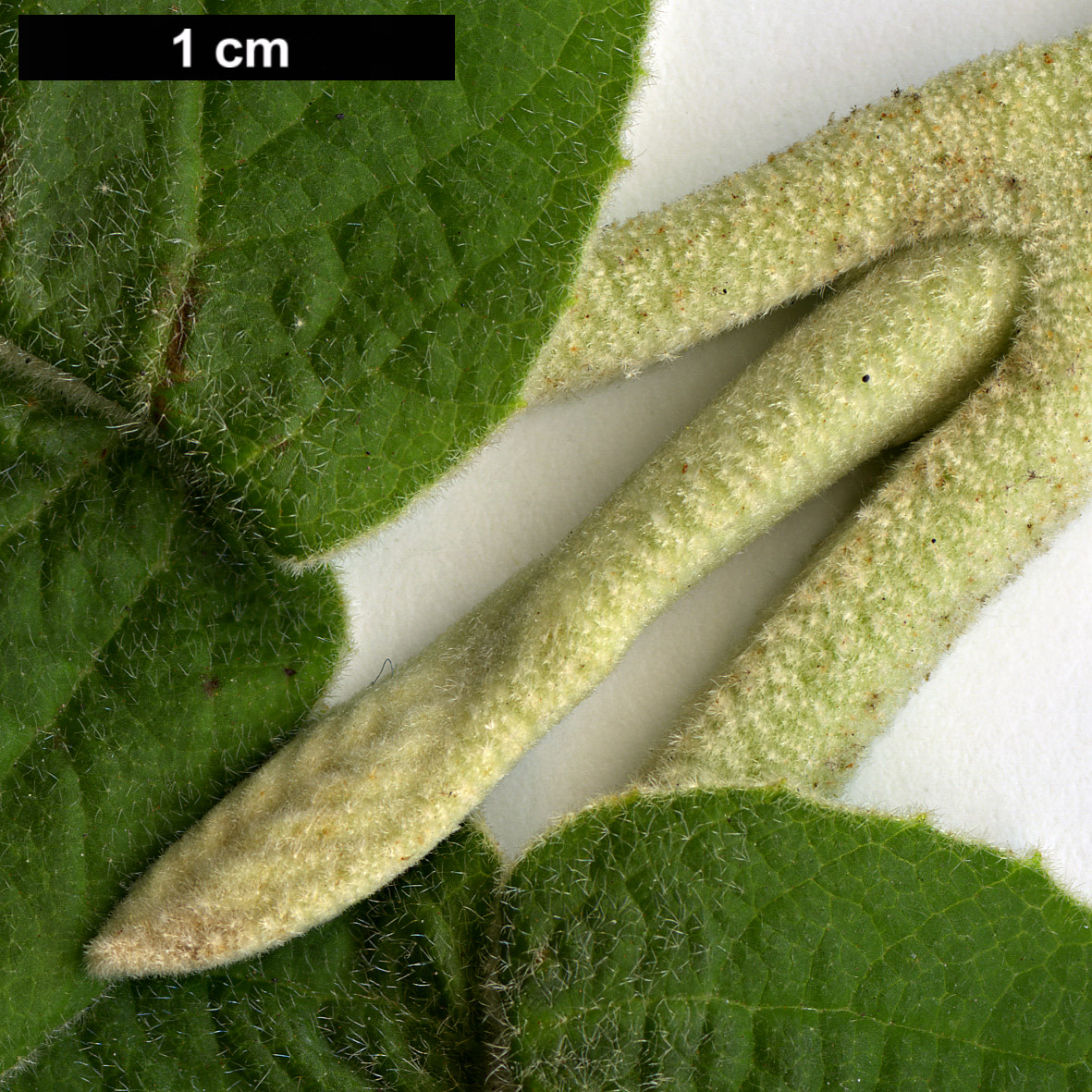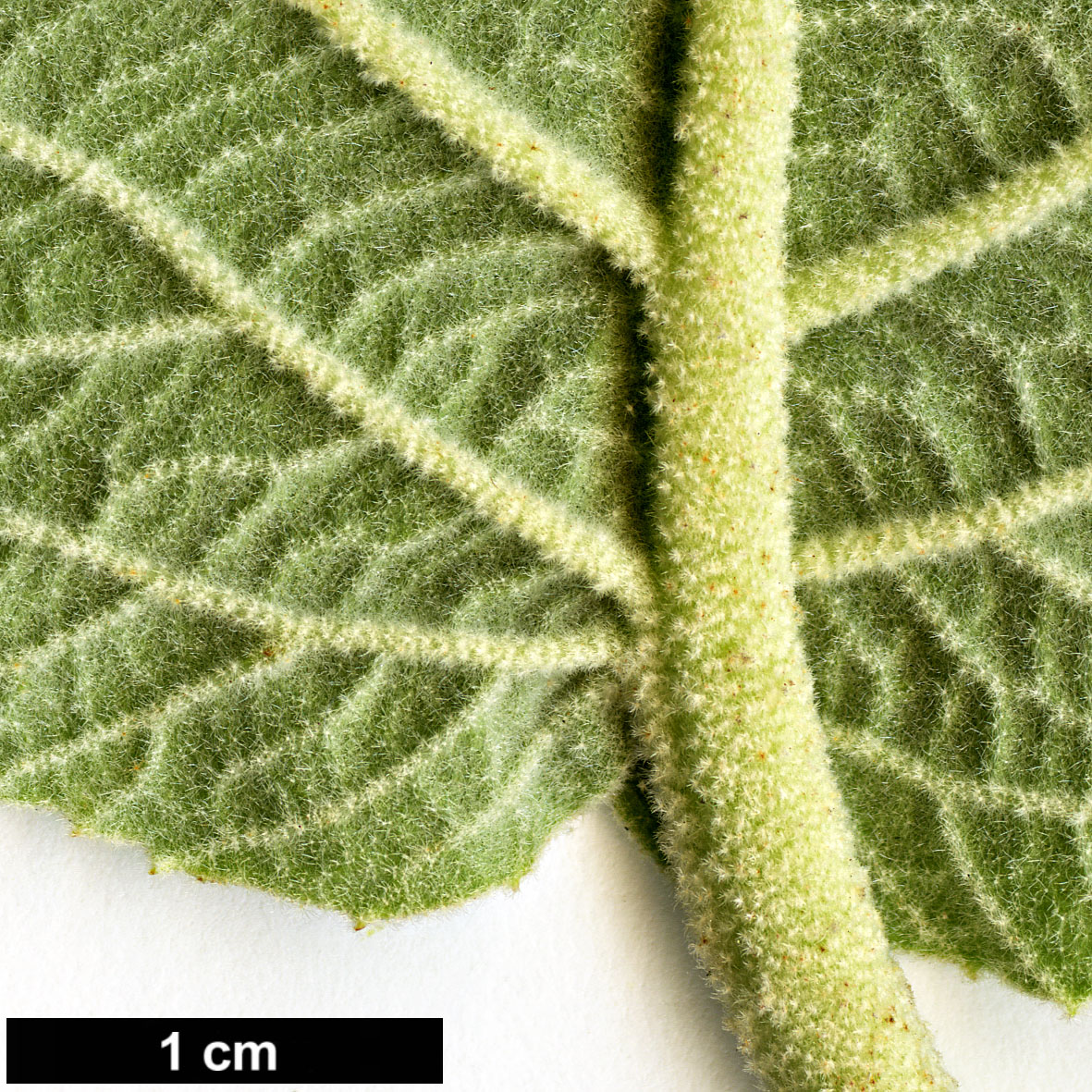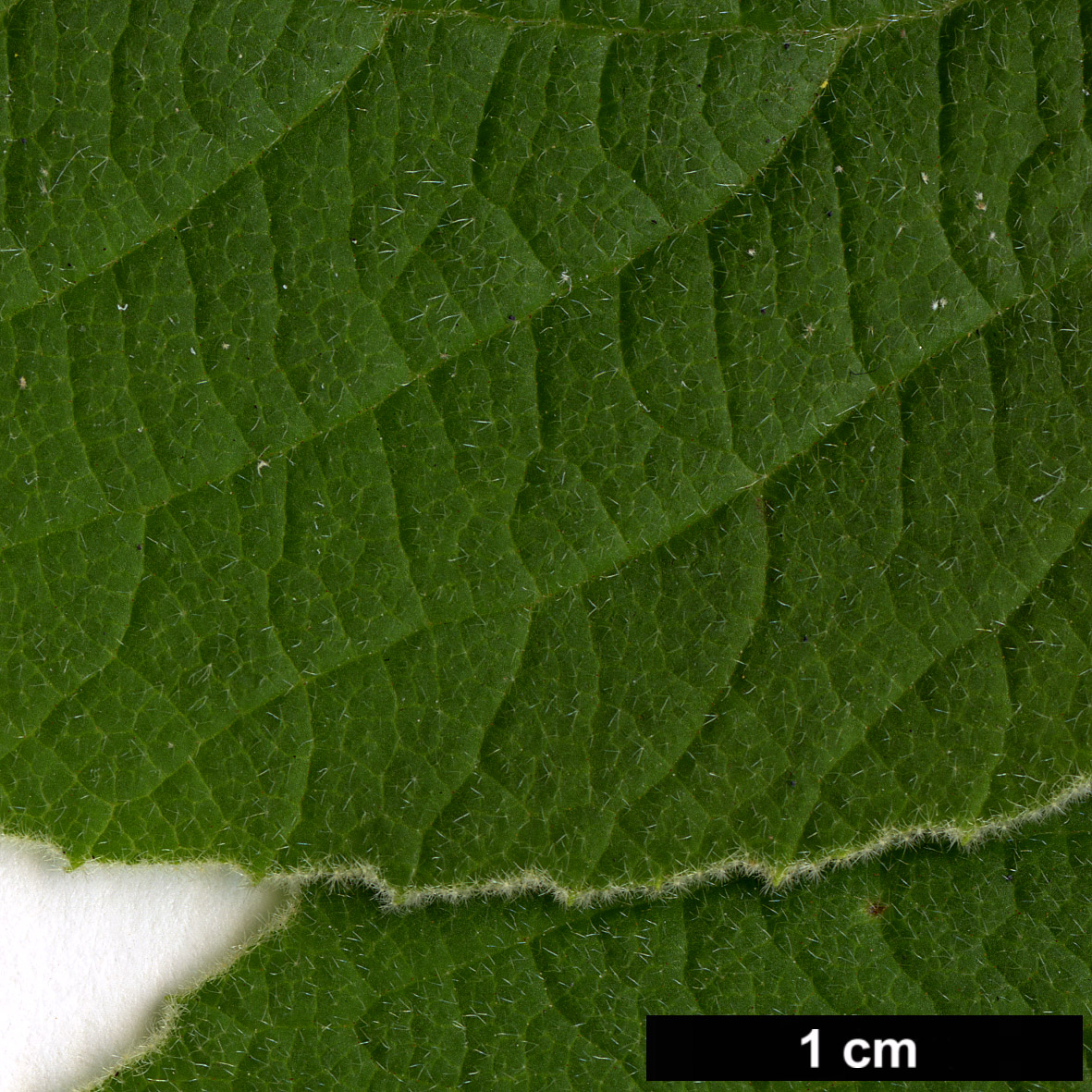Viburnum cotinifolium
Credits
Article from Bean's Trees and Shrubs Hardy in the British Isles
Recommended citation
'Viburnum cotinifolium' from the website Trees and Shrubs Online (treesandshrubsonline.
Genus
Synonyms
- V. polycarpum Wall. ex DC.
Other taxa in genus
- Viburnum acerifolium
- Viburnum betulifolium
- Viburnum × bodnantense
- Viburnum buddleifolium
- Viburnum burejaeticum
- Viburnum × burkwoodii
- Viburnum × carlcephalum
- Viburnum carlesii
- Viburnum cassinoides
- Viburnum cylindricum
- Viburnum davidii
- Viburnum dentatum
- Viburnum dilatatum
- Viburnum erosum
- Viburnum farreri
- Viburnum foetidum
- Viburnum grandiflorum
- Viburnum harryanum
- Viburnum henryi
- Viburnum hupehense
- Viburnum japonicum
- Viburnum kansuense
- Viburnum lantana
- Viburnum lantanoides
- Viburnum lentago
- Viburnum macrocephalum
- Viburnum molle
- Viburnum nudum
- Viburnum odoratissimum
- Viburnum opulus
- Viburnum phlebotrichum
- Viburnum plicatum
- Viburnum propinquum
- Viburnum prunifolium
- Viburnum rhytidophyllum
- Viburnum rigidum
- Viburnum rufidulum
- Viburnum schensianum
- Viburnum setigerum
- Viburnum sieboldii
- Viburnum suspensum
- Viburnum tinus
- Viburnum utile
- Viburnum veitchii
- Viburnum wilsonii
- Viburnum wrightii
A deciduous shrub 6 to 12 ft high, whose young branchlets, under-surface of leaves (upper surface to a less extent) and the flower-stalks are clothed with a dense, grey, stellate down. Leaves ovate, oval or nearly round; the base rounded, the apex shortly pointed or rounded, 2 to 5 in. long, two-thirds to nearly as wide, finely toothed. Flowers white, tinged with pink, widely funnel-shaped, 1⁄4 in. long, produced during May in rounded usually five-branched cymes 2 to 3 in. across. Fruits ovoid, red, ultimately black, 1⁄3 to 1⁄2 in. long.
Native of the Himalaya from Bhutan to Baluchistan; introduced about 1830. This species is closely allied to V. lantana, and is very similar in foliage and general appearance, but differs in the following respects: cymes more often five-rayed than seven-rayed, corolla tinged with pink, and distinctly funnel-shaped, the corolla-tube longer than the lobes. The true plant is rare in gardens, and not so hardy as V. lantana.

